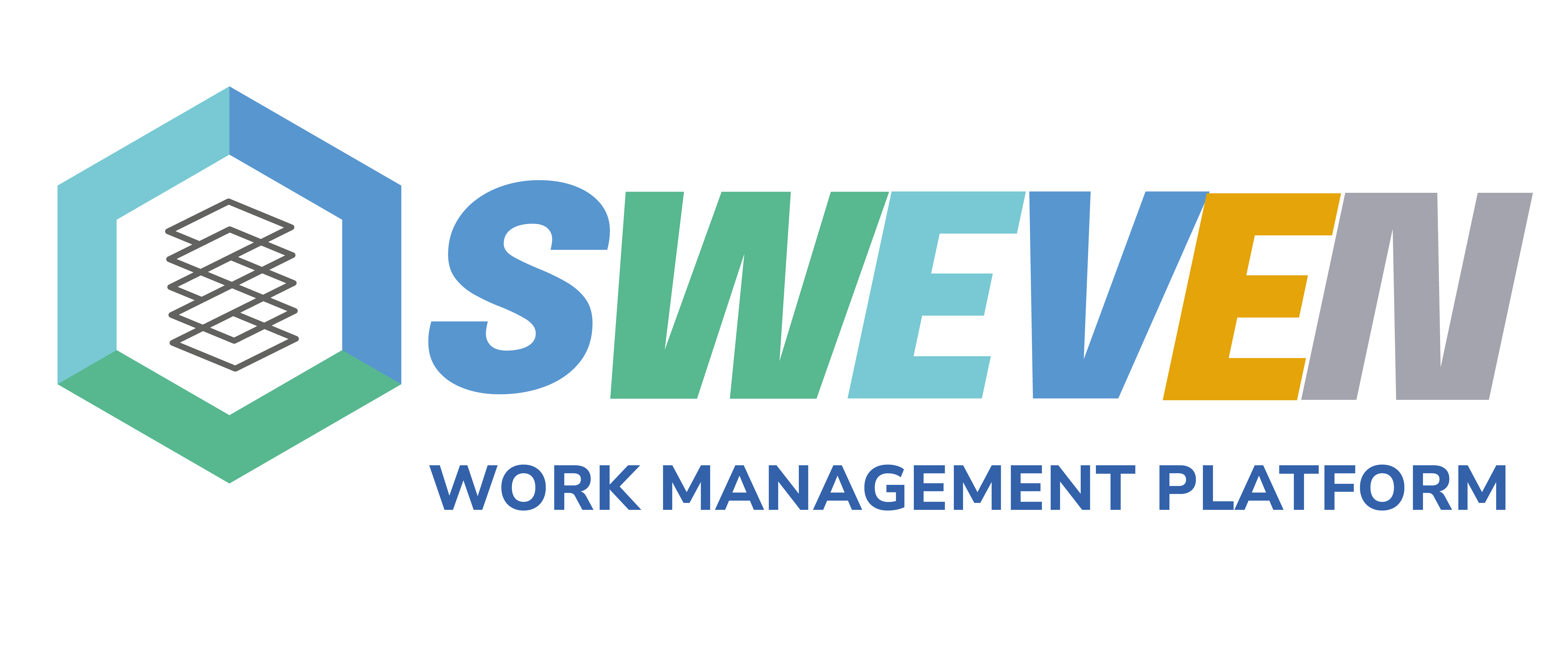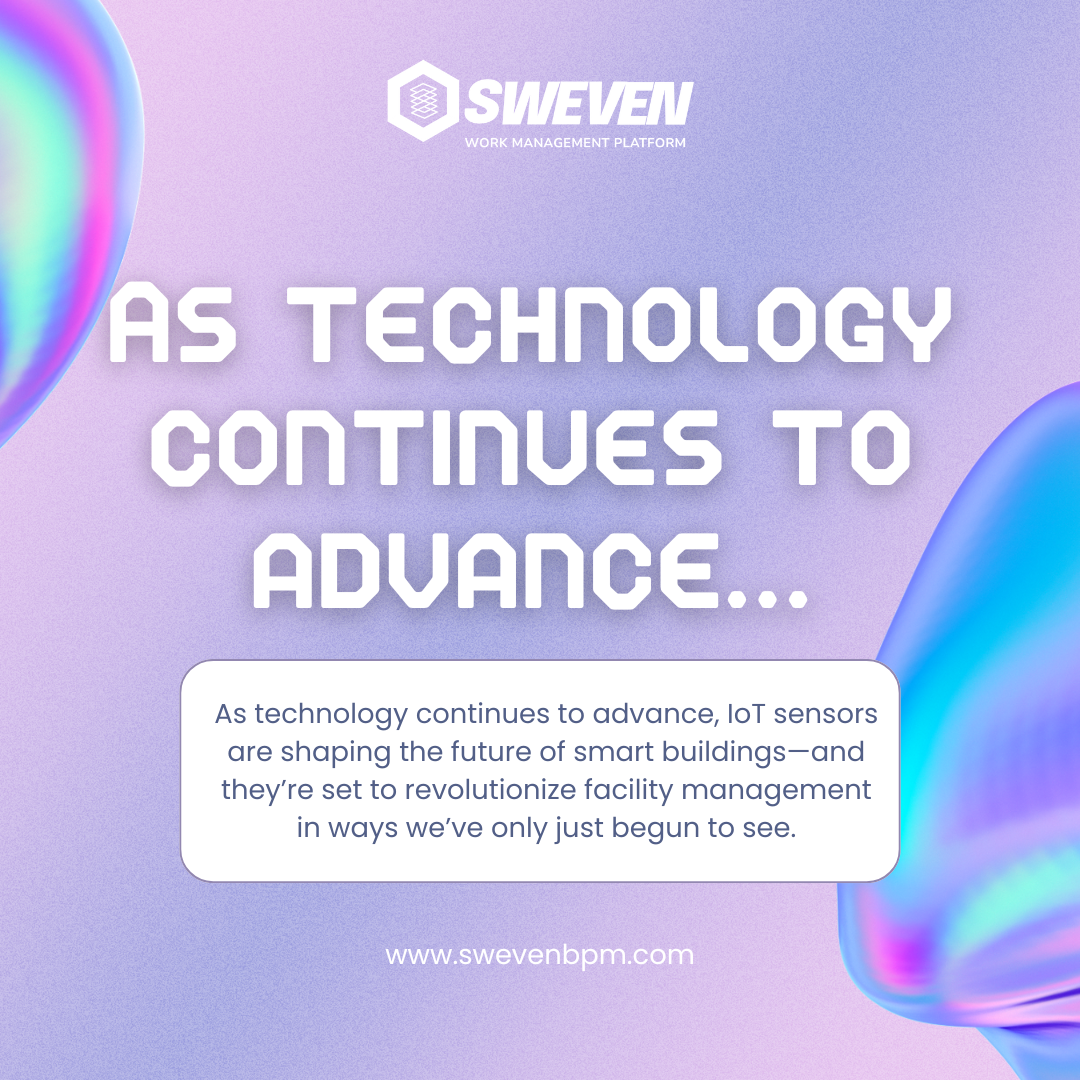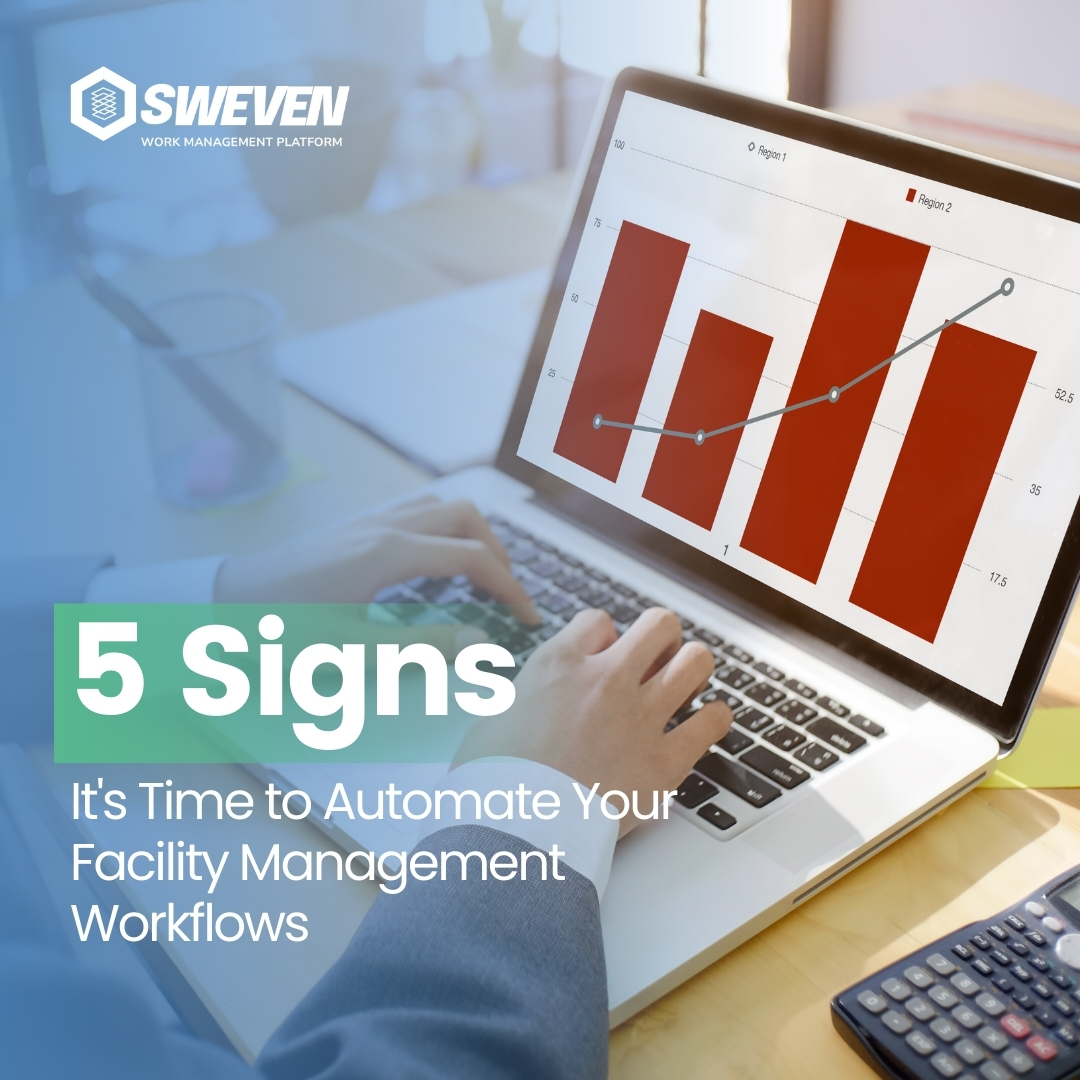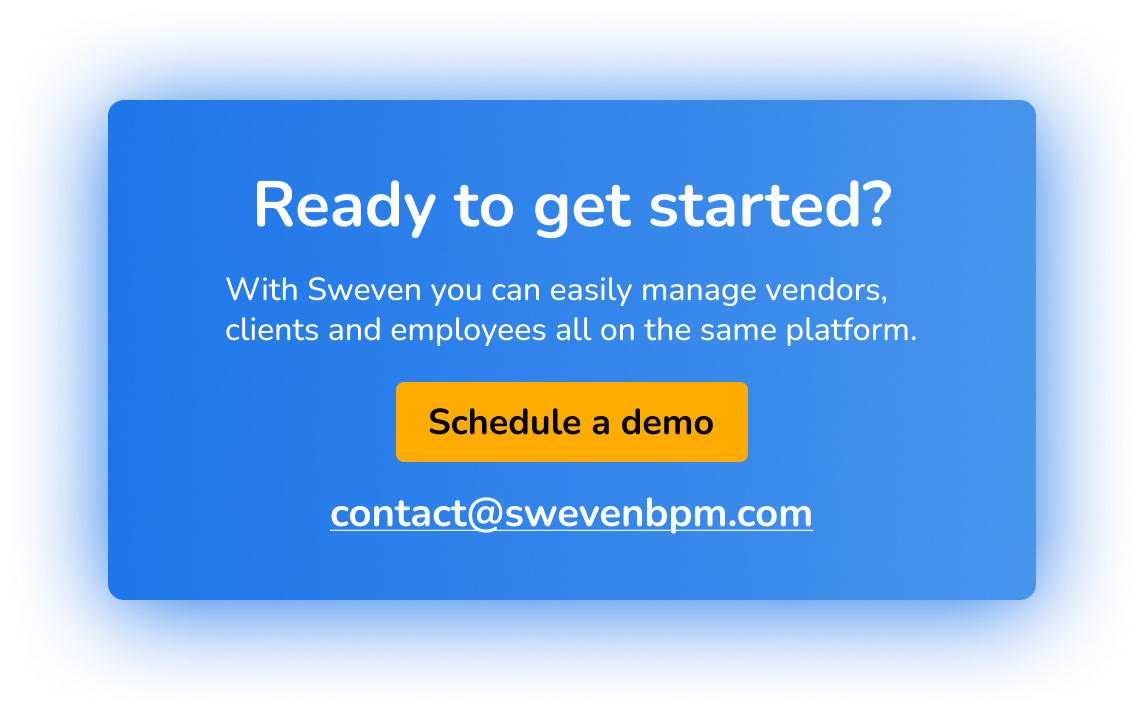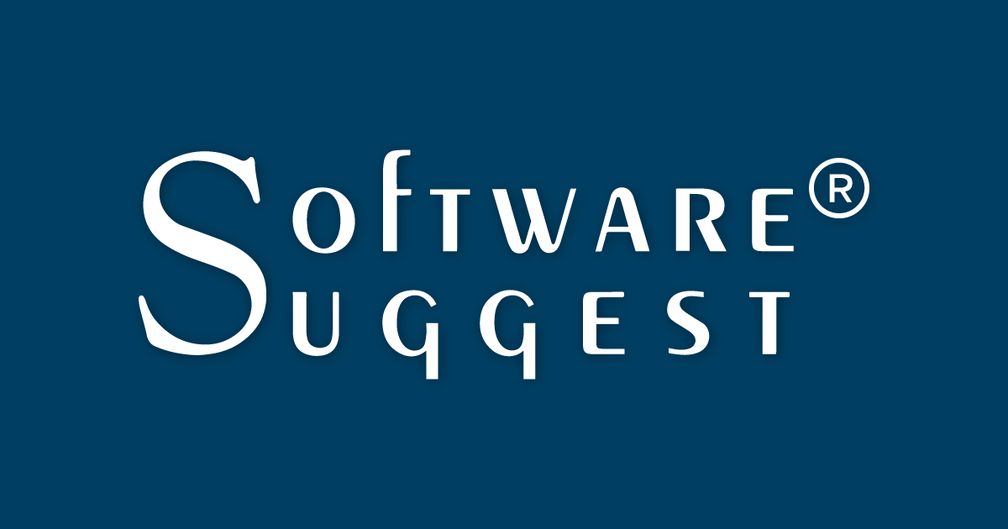Maintenance is the backbone of any successful operation, ensuring that assets operate smoothly and downtime is minimized. Within the realm of maintenance, planning stands as a critical cornerstone that can significantly impact the efficiency and effectiveness of your maintenance practices. In this blog, we delve into the importance of planning and how it fits into the broader landscape of good maintenance practices.

Understanding the Role of Planning:

Planning in maintenance refers to the process of carefully strategizing and organizing maintenance activities to ensure that they are executed in the most efficient and effective manner. It involves anticipating needs, setting priorities, allocating resources, and creating a roadmap that guides the entire maintenance process.
The Significance of Planning in Maintenance:

- Reduced Downtime: Properly planned maintenance ensures that downtime is minimized. By scheduling maintenance during planned downtime or during periods of lower operational demand, you can prevent unexpected breakdowns that can halt production and lead to revenue loss.
- Optimized Resource Allocation: Planning allows you to allocate resources – both human and material – in an optimal way. With a clear plan, you can ensure that the right people with the right skills are assigned to tasks, and that necessary tools and parts are readily available.
- Increased Safety: Planned maintenance reduces the need for reactive, hurried repairs, which can pose safety risks to maintenance personnel. Thoughtful planning includes risk assessments and proper safety measures, ensuring that maintenance is carried out with minimal hazards.
- Extended Asset Lifespan: Regularly scheduled maintenance, as part of a well-thought-out plan, can extend the lifespan of your assets. Identifying and addressing potential issues before they escalate can prevent costly repairs or replacements in the long run.
- Enhanced Efficiency: Planning allows for streamlined workflows. With a detailed plan in place, maintenance tasks can be executed efficiently, reducing unnecessary downtime and increasing productivity.
Where Planning Fits into Good Maintenance Practices:

- Preventive Maintenance (PM): Planning plays a crucial role in preventive maintenance. By creating a schedule for routine inspections, lubrications, and other upkeep tasks, you can proactively address potential problems before they cause disruptions.
- Work Order Management: Effective planning ensures that work orders are well-defined and prioritized. Maintenance tasks are organized, assigned, and tracked to completion, avoiding confusion and delays.
- Resource Management: Planning aligns available resources with maintenance needs. This includes labor, spare parts, tools, and equipment. Adequate resource allocation prevents bottlenecks and ensures smooth operations.
- Scheduling: Planning involves setting maintenance schedules that balance operational requirements and maintenance needs. It’s about finding the right time to perform maintenance to minimize interference with production.
- Data-Driven Decision Making: Planning can be guided by historical maintenance data, trends, and performance metrics. This data empowers maintenance managers to make informed decisions about when, where, and how to conduct maintenance activities.
Conclusion: The Power of Thoughtful Planning
In the grand tapestry of good maintenance practices, planning emerges as a linchpin that holds everything together. It empowers maintenance teams to work proactively, strategically, and efficiently. By incorporating planning into your maintenance approach, you’re not only safeguarding your assets but also optimizing operations and paving the way for long-term success. Remember, a well-planned maintenance program isn’t just a necessity; it’s a key driver of competitiveness and sustainability in today’s dynamic business landscape.
